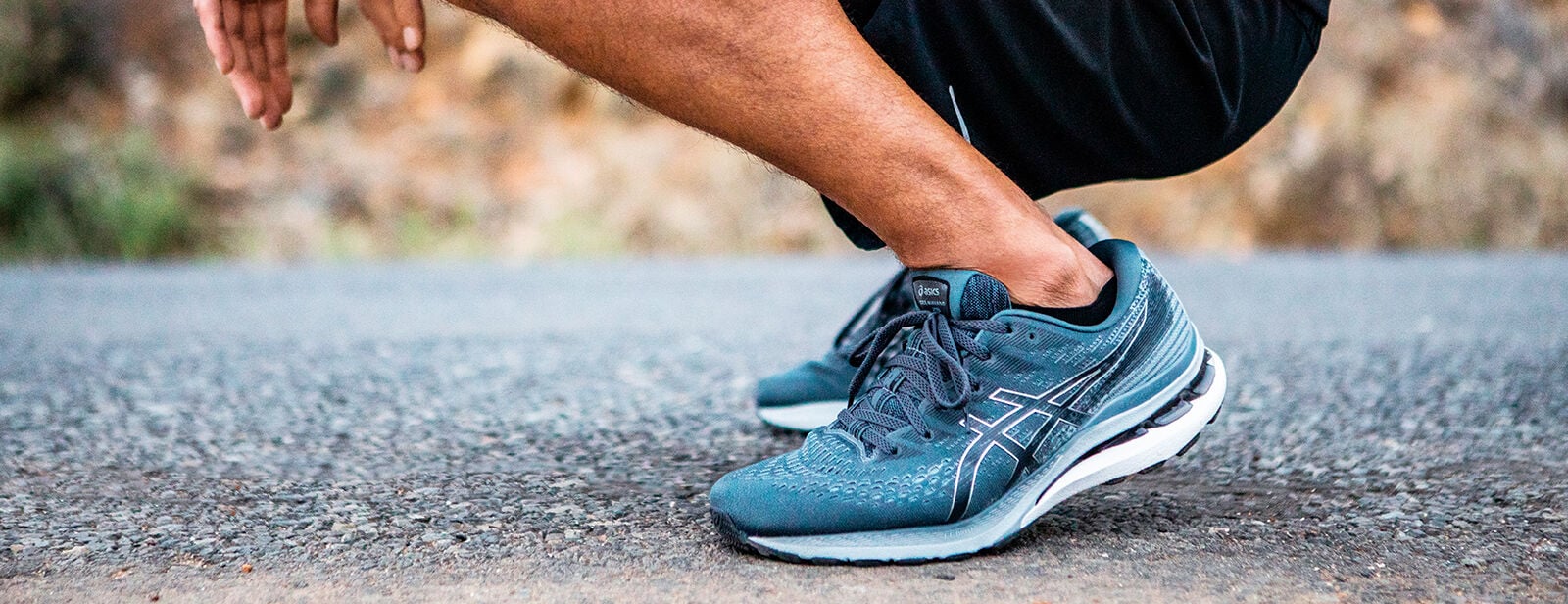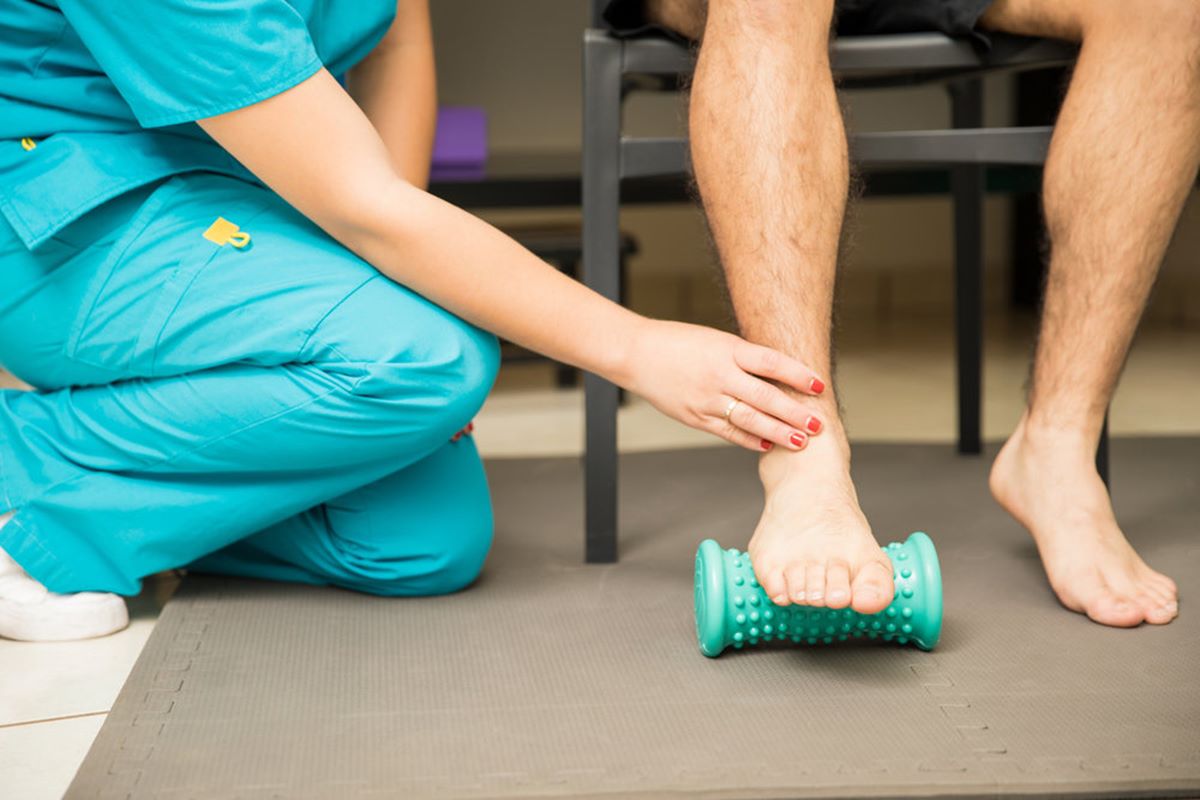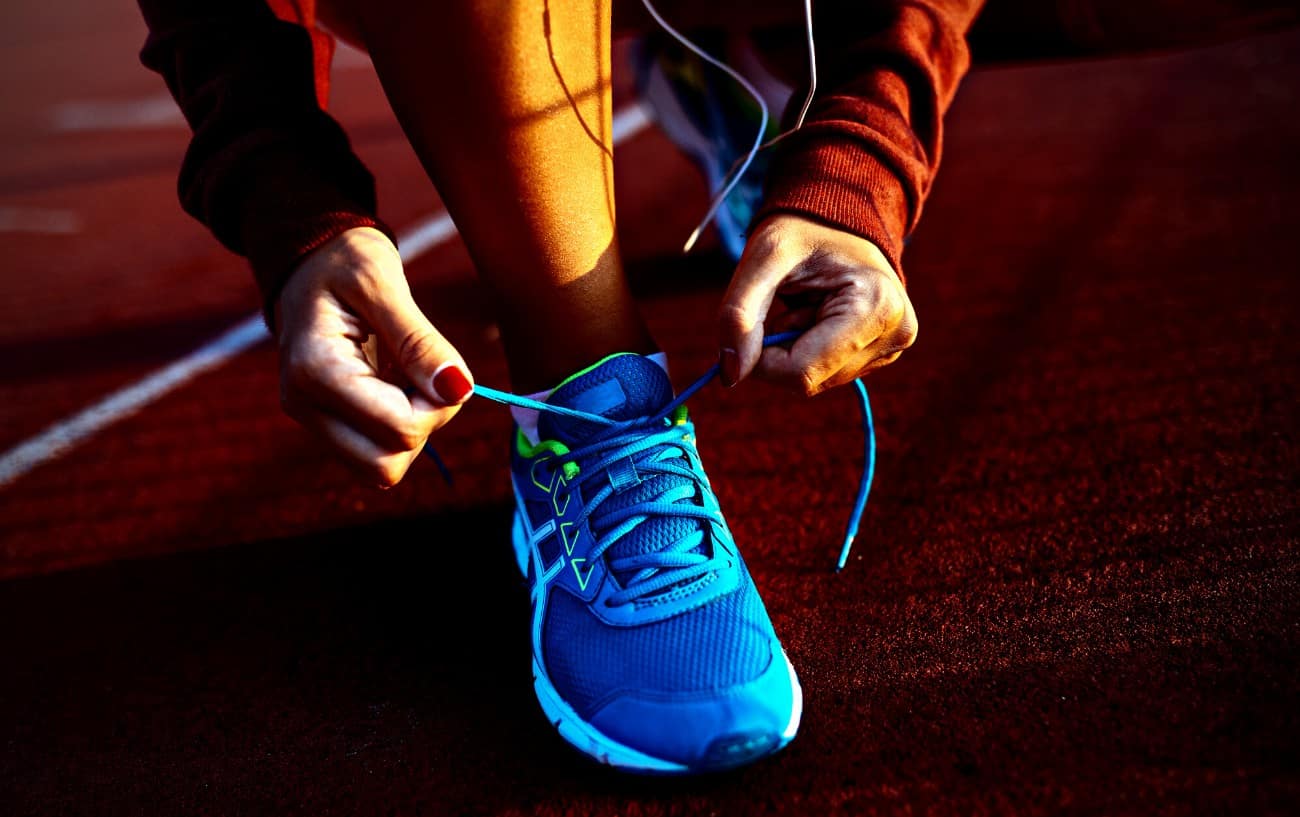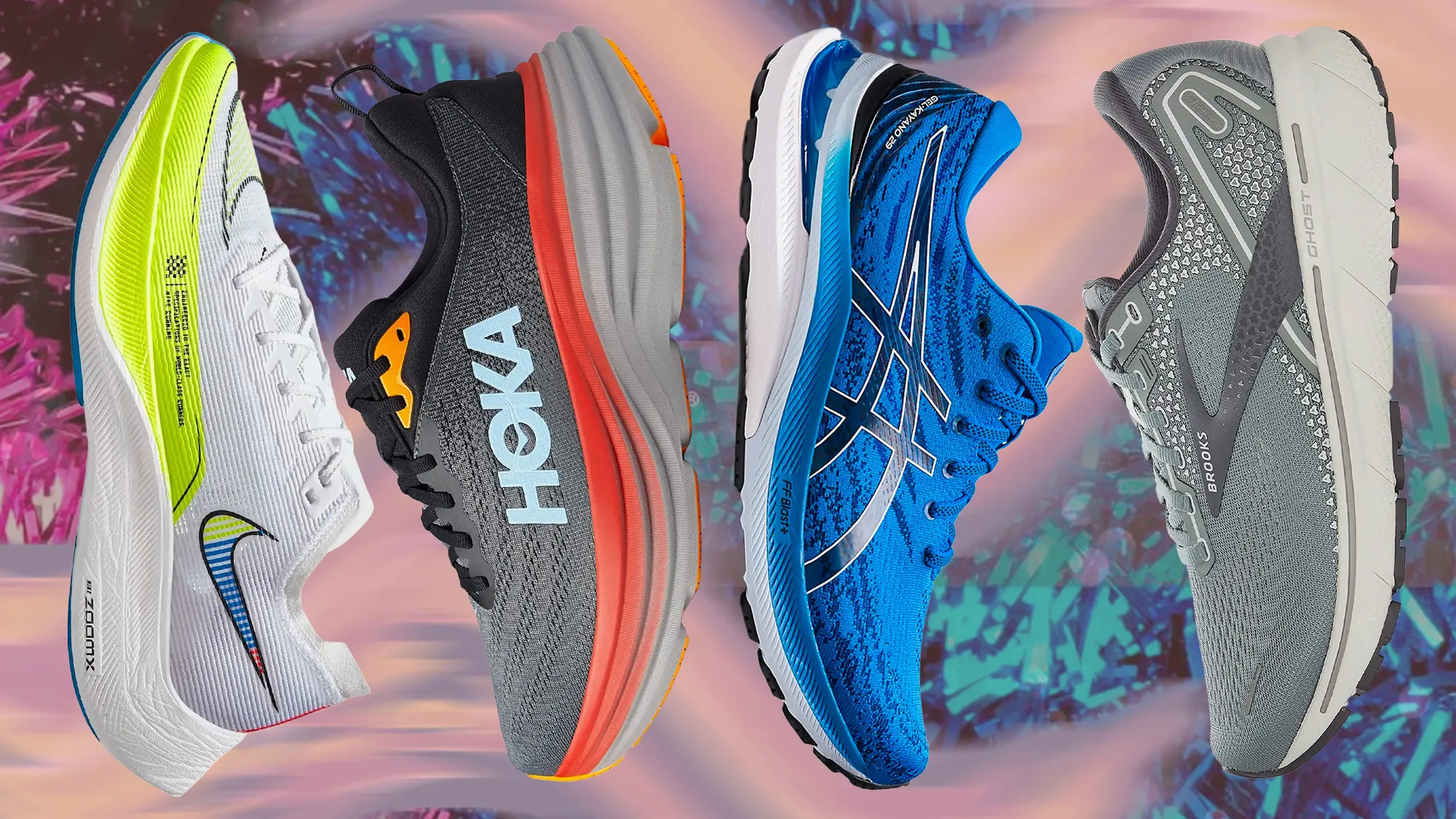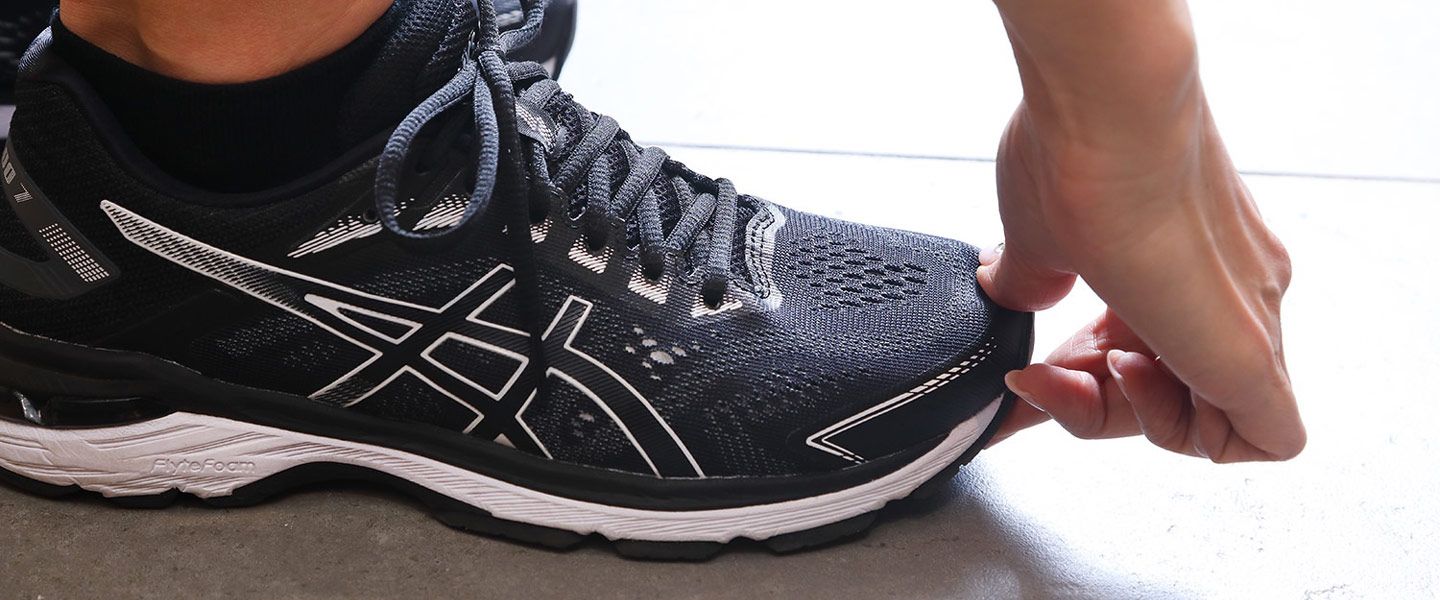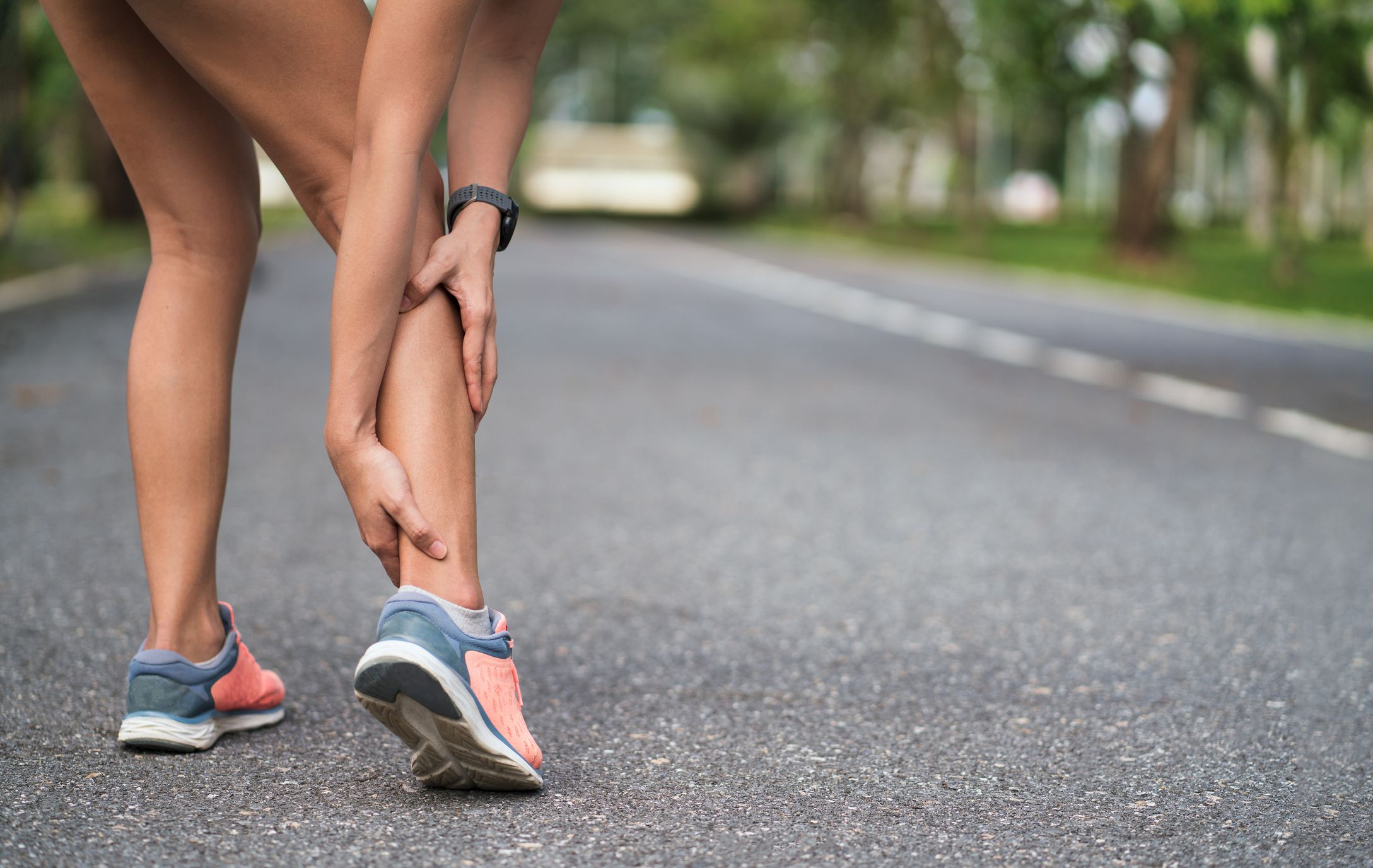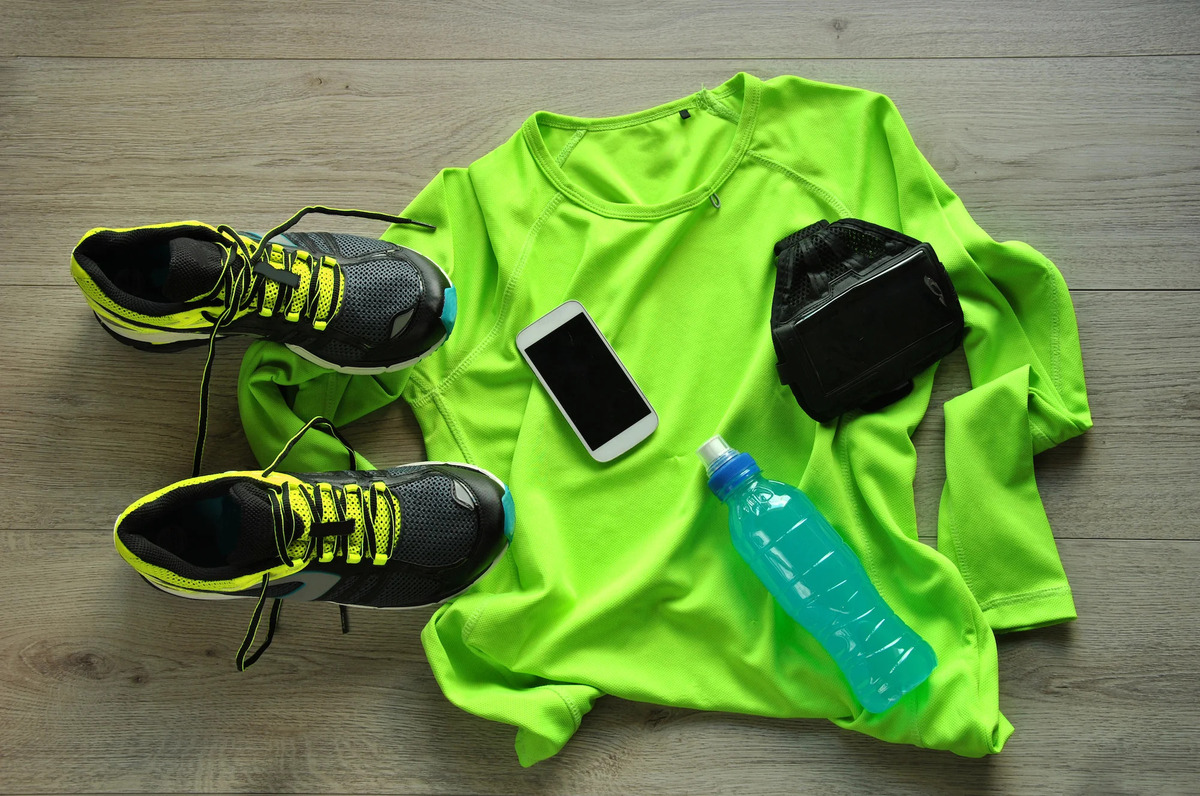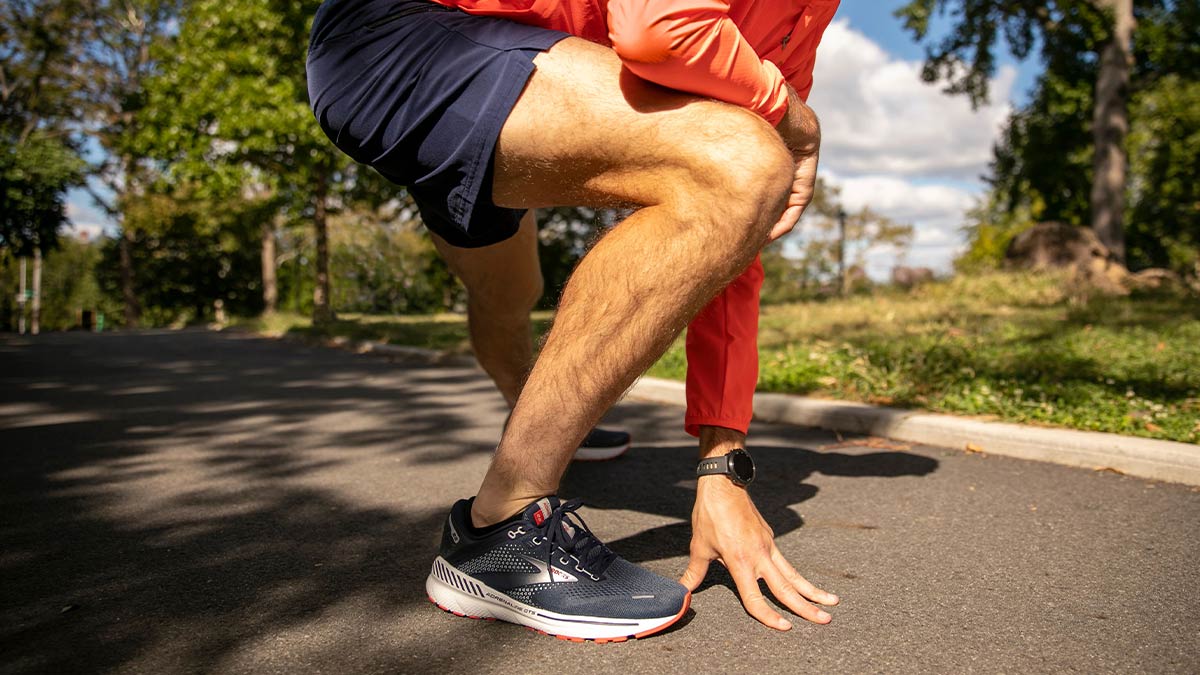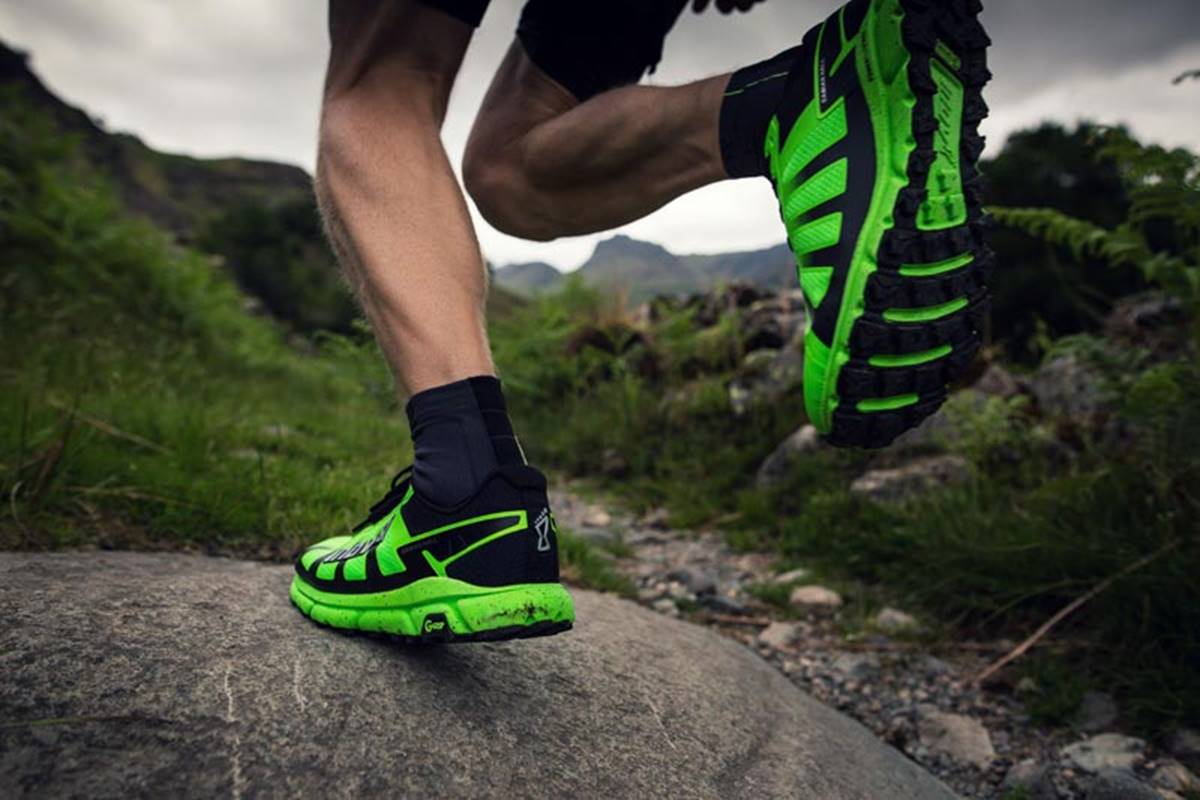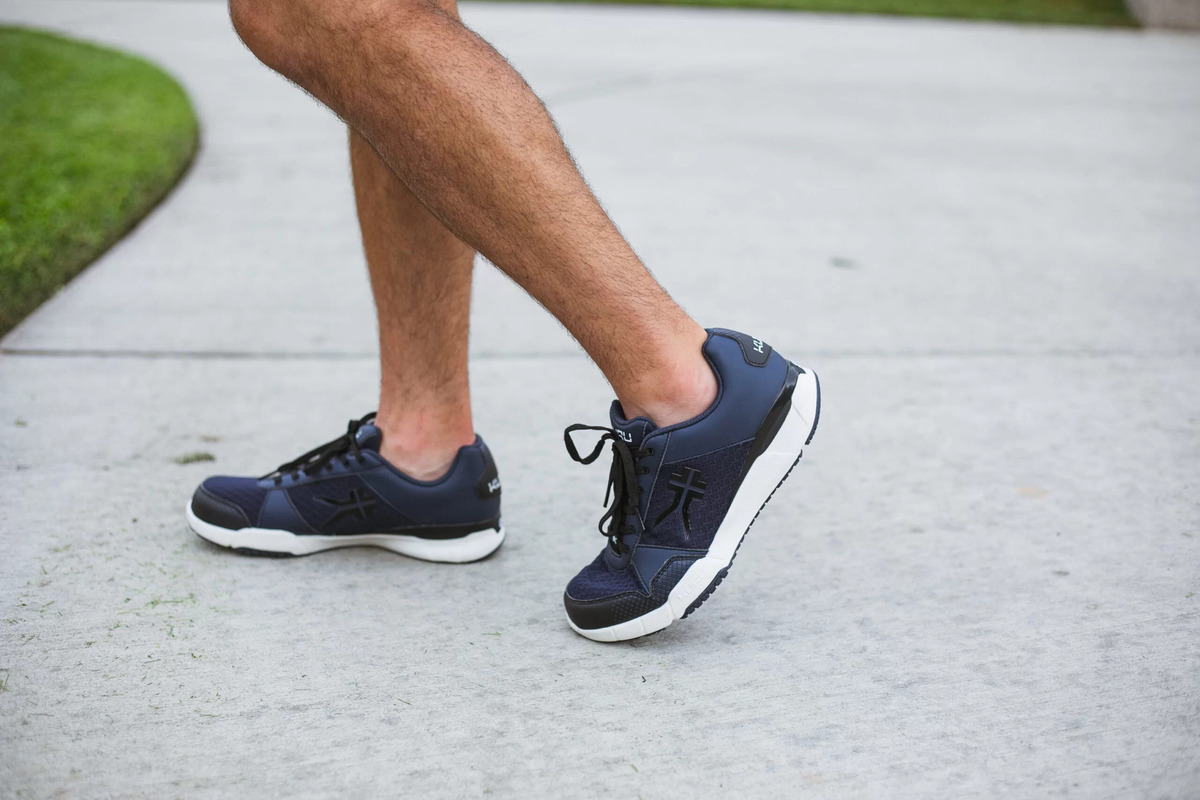Home>Misc>Featured>Best Running Shoes When You Are Using Orthotics
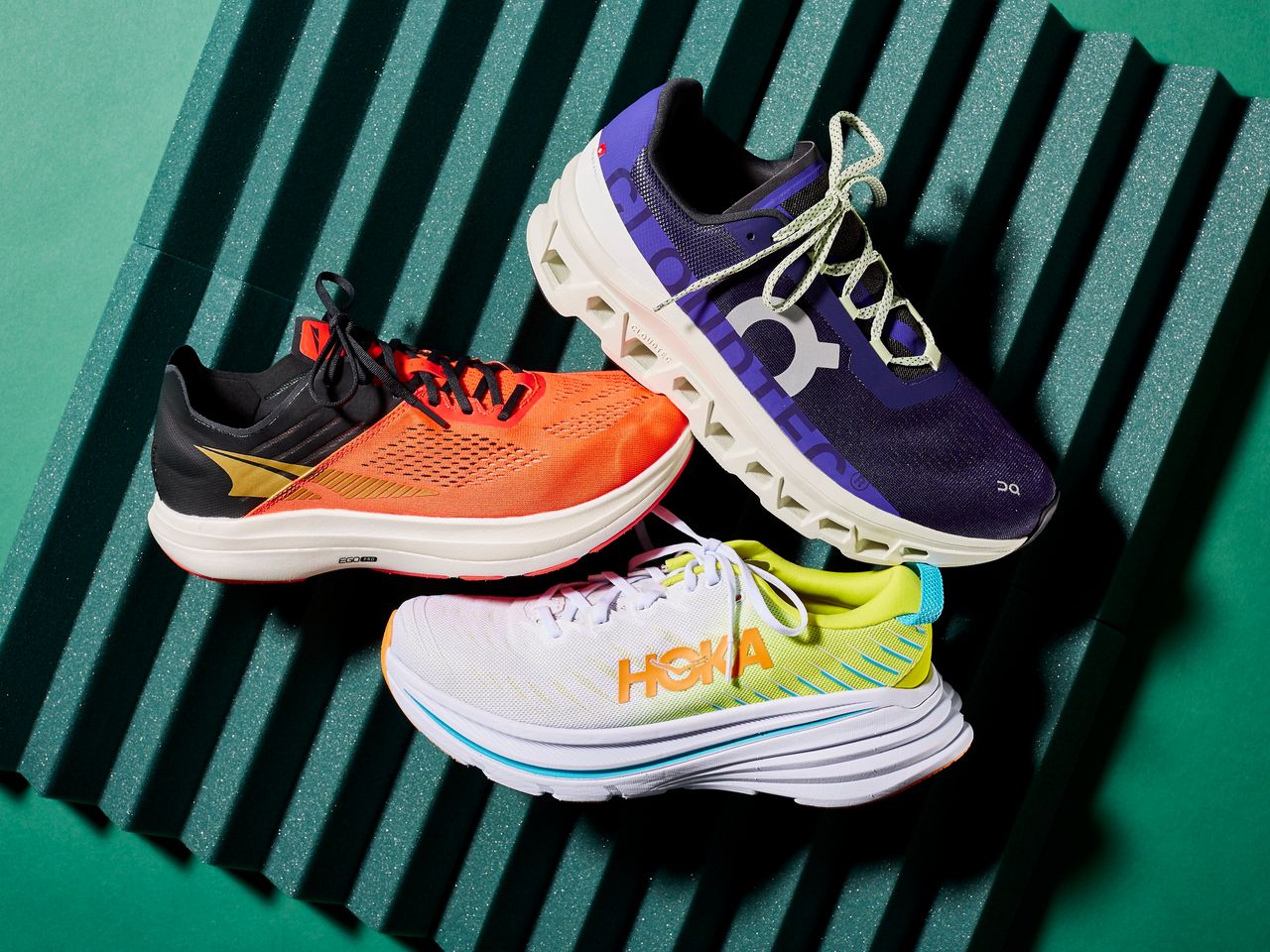

Featured
Best Running Shoes When You Are Using Orthotics
Modified: January 2, 2024
Find out if it matters which running shoes you choose when using orthotic insoles. Discover the best featured options to support your feet and enhance your performance.
Introduction
When it comes to running, finding the right pair of shoes is crucial for preventing injuries and optimizing performance. However, for those who use orthotics, the choice of running shoes becomes even more important. Orthotics are custom-made shoe inserts designed to provide support and alleviate foot, ankle, or lower limb issues.
Orthotics can be especially beneficial for runners who have flat feet, high arches, or other biomechanical abnormalities. They help improve alignment, distribute pressure more evenly, and reduce the risk of overpronation or supination. But while orthotics play a significant role in providing support and stability, the type of running shoes you wear can also impact their effectiveness.
Choosing the right running shoes, whether you use orthotics or not, is essential to minimize the risk of injury and optimize your running performance. The shoes you select should provide adequate cushioning, support, and stability to protect your feet and joints from the repetitive impact of running.
However, when you add orthotics into the mix, it becomes necessary to consider the compatibility between the orthotics and the running shoes. It is not just about finding running shoes that fit comfortably with the orthotics; you also need to ensure that they support the biomechanical adjustments provided by the orthotics.
In this article, we will explore the importance of finding the right running shoes when using orthotics. We will discuss the key factors to consider in choosing running shoes for orthotic use and provide helpful insights into the impact of the shoe’s features on orthotic effectiveness. Whether you are a seasoned runner or just starting, understanding the role of running shoes in conjunction with orthotics will help you make informed decisions and optimize your running experience.
What are orthotics?
Orthotics are customized shoe inserts designed to provide support and correct biomechanical abnormalities in the feet, ankles, or lower limbs. They are typically prescribed by healthcare professionals, such as podiatrists or orthopedic specialists, to address various foot conditions and injuries.
Orthotics can be classified into two main types: functional and accommodative. Functional orthotics are specifically crafted to correct abnormal foot mechanics and improve alignment during movement. They are typically made from rigid materials like plastics or carbon fiber, and they work by controlling motion, reducing excessive pronation or supination, and providing stability.
Accommodative orthotics, on the other hand, are softer and designed to provide cushioning and support for conditions such as plantar fasciitis, bunions, or diabetic foot problems. They are made from materials like foam or gel and work by redistributing pressure and relieving pain in specific areas of the foot.
Orthotics can address a wide range of foot abnormalities, including flat feet, high arches, overpronation, supination, heel pain, Achilles tendonitis, and shin splints. They aim to alleviate pain, improve gait mechanics, and enhance overall foot function.
Orthotics are typically custom-made, taking into consideration the individual’s foot structure and specific needs. During the fitting process, the healthcare professional will assess the individual’s foot biomechanics, take measurements, and possibly use tools like a foot scanner or mold to create a precise orthotic that fits comfortably inside the shoes.
It’s important to note that orthotics are not a one-size-fits-all solution. They are tailored to the individual’s unique foot characteristics and the specific foot condition or injury. Therefore, it’s crucial to consult with a healthcare professional to determine if orthotics are necessary and to receive a proper fitting.
Now that we have a basic understanding of orthotics, let’s delve into the importance of choosing the right running shoes when using these supportive inserts to maximize their effectiveness.
The importance of running shoes
Running shoes are more than just a fashion statement; they are a critical piece of equipment for runners. The right pair of running shoes can enhance performance, prevent injuries, and provide a comfortable running experience. Here are some key reasons why running shoes are important:
- Shock absorption: Running puts a significant amount of impact stress on your feet and joints with each stride. Quality running shoes are designed with cushioning materials in the midsole to absorb and distribute the shock of landing, reducing the stress on your body. This helps prevent various injuries, such as stress fractures or joint pain.
- Support and stability: Running shoes are specifically engineered to provide support and stability during the repetitive motion of running. They offer features like arch support and heel counters to help maintain proper foot alignment and reduce the risk of overpronation or supination. This is especially crucial for individuals with biomechanical abnormalities or foot conditions.
- Comfort: Running in uncomfortable or ill-fitting shoes can quickly turn a run into a painful experience. Running shoes are designed with a focus on comfort, with features like padded collars, breathable materials, and a proper fit. They help reduce rubbing, blisters, and discomfort, allowing you to focus on enjoying your run.
- Durability: Running shoes are constructed with durable materials that can withstand the rigors of regular running. They are designed to last longer than regular sneakers, providing the necessary support and protection to keep your feet safe mile after mile.
- Performance optimization: The right pair of running shoes can help improve your running performance. They can enhance your stride efficiency, provide a responsive feel, and even increase propulsion. Running shoes are often designed with features like lightweight materials, flexible soles, and energy-returning midsoles to maximize performance potential.
Now that we understand the importance of running shoes let’s explore their role in conjunction with orthotics and how to choose the right pair for orthotic use.
The role of orthotics in running
Orthotics play a crucial role for runners who have foot conditions or biomechanical abnormalities. By providing support and promoting proper foot alignment, orthotics can enhance running performance, reduce the risk of injuries, and alleviate pain or discomfort. Here are some key roles that orthotics play in running:
- Alignment and stability: Orthotics are designed to correct and improve foot alignment and stability. They help realign the foot, ankle, and lower limb, reducing excess pronation or supination. By promoting proper alignment, orthotics can help prevent various running-related injuries, such as plantar fasciitis, shin splints, or IT band syndrome.
- Shock absorption: The cushioning properties of orthotics can provide additional shock absorption during running. This can be particularly beneficial for runners with conditions like flat feet or insufficient natural shock absorption. Orthotics can help reduce the impact stress on the feet and lower limbs, minimizing the risk of stress fractures or joint pain.
- Offloading pressure: Orthotics can redistribute pressure across the sole of the foot, reducing excessive pressure on specific areas. For example, runners with conditions like bunions or metatarsalgia can benefit from orthotics that offload pressure from those sensitive areas, relieving pain and allowing for more comfortable running.
- Improved biomechanics: By correcting biomechanical abnormalities, orthotics can enhance overall running biomechanics. They can optimize foot motion, improve gait efficiency, and reduce excessive motion that can impact performance and increase the risk of injuries. This can lead to more efficient and enjoyable running experiences.
- Increased comfort: Orthotics can add an extra layer of comfort for runners by providing additional support and cushioning. They can help reduce friction, rubbing, and discomfort, particularly for those with sensitive or injured feet. Comfortable feet during running contribute to overall satisfaction and enjoyment of the sport.
It is important to note that while orthotics can provide significant benefits for runners, their effectiveness can be influenced by the choice of running shoes. In the next section, we will explore common running shoe features to consider when using orthotics and how to choose the right pair of running shoes for orthotic use.
Common running shoe features
When it comes to choosing running shoes for orthotic use, there are several key features to consider. These features can impact the effectiveness and compatibility of the shoes with your orthotics. Here are some common running shoe features to keep in mind:
- Removable insoles: Look for running shoes with removable insoles. This feature allows you to easily replace the manufacturer’s insole with your custom orthotic, ensuring a proper fit and alignment.
- Adequate depth and width: Running shoes should have enough depth and width to accommodate your orthotics comfortably. A good rule of thumb is to choose a shoe that has a roomy toe box and enough space in the midfoot area to accommodate the added bulk of the orthotics.
- Sufficient cushioning: Opt for running shoes that provide sufficient cushioning in the midsole. This is important to absorb the impact forces during running and prevent excessive stress on your feet and joints. Cushioning can also help ensure a comfortable and enjoyable running experience.
- Stability and support: Look for running shoes that offer stability and support features, especially if you have pronation or supination issues. Features like medial posts or reinforced heel counters can help control excessive foot motions and promote proper alignment when combined with orthotics.
- Flexibility: Ensure that the running shoes have the right amount of flexibility. They should bend and flex at the ball of the foot to allow for a natural running stride. Too much or too little flexibility can affect the overall comfort and performance of the shoes with orthotics.
- Breathability: Consider the breathability of the running shoes, particularly if you tend to sweat heavily during runs. Shoes with breathable mesh uppers can help keep your feet cool and dry, reducing the risk of discomfort, blisters, and fungal infections.
- Weight: The weight of the running shoes can also influence your overall running experience. Lighter shoes tend to offer a more responsive and agile feel, while heavier shoes may provide more stability and durability. Consider your personal preferences and running goals when deciding on the weight of the shoes.
By considering these common running shoe features, you can find a pair that is compatible with your orthotics and provides the necessary support and comfort for your running needs. However, it’s important to keep in mind that different types of orthotics may require additional considerations which we will discuss in the next section.
How to choose the right running shoes for orthotic use
Choosing the right running shoes when using orthotics involves considering the compatibility between the shoes and your specific orthotic needs. Here are some steps to help you select the right running shoes for orthotic use:
- Consult with a healthcare professional: Before selecting running shoes, consult with your healthcare professional who prescribed your orthotics. They can provide valuable guidance and recommendations based on your individual foot condition, biomechanics, and the type of orthotics you have.
- Bring your orthotics when fitting: When trying on running shoes, bring your orthotics with you and insert them into the shoes. This will allow you to assess the compatibility and fit between the orthotics and the shoes. Pay attention to how well the orthotics fit within the shoe and ensure that there is no excess movement or discomfort.
- Consider the shoe sizing: When fitting running shoes with orthotics, consider whether you may need to adjust the shoe sizing. Orthotics can take up additional space inside the shoe, so you may need to go up a half size or look for shoes with a wider fit to accommodate them comfortably.
- Test the shoe with orthotics: Take the time to walk and even jog in the running shoes with your orthotics inserted. This will give you a better feel for the overall comfort, support, and compatibility of the shoes with your orthotics. Pay attention to any discomfort, instability, or improper alignment that may be caused by the combination of the shoes and orthotics.
- List your specific needs: Make a list of your specific foot condition, biomechanics, and orthotic requirements. This will help you communicate your needs to the shoe salesperson or specialist, who can then guide you towards the most suitable running shoes. Be clear about any specific support, stability, or cushioning requirements to find the best match.
- Try multiple brands and models: Don’t be afraid to try different brands and models of running shoes. Each brand and model may offer unique features and characteristics that can impact the fit and comfort when used with orthotics. By trying different options, you can find the best combination of shoes and orthotics that suits your individual needs.
- Consider a gait analysis: If possible, consider getting a gait analysis done by a professional. They can assess your running gait, biomechanics, and the interaction between the running shoes and orthotics. They can provide further insights into how well the shoes and orthotics work together and suggest any modifications or adjustments needed.
By following these steps, you can increase your chances of finding running shoes that are compatible with your orthotics and provide the necessary support, stability, and comfort for your running activities.
Considerations for different types of orthotics
When choosing running shoes for orthotic use, it’s important to consider the specific type of orthotics you have. Different types of orthotics may require additional considerations to ensure a proper fit and optimal effectiveness. Here are some key considerations for different types of orthotics:
- Functional orthotics: Functional orthotics, which are designed to correct biomechanical abnormalities, may require shoes with more stability features. Look for running shoes with structured support, such as medial posts or reinforced heel counters, to complement the corrective effects of the orthotics. These shoes can help control excessive pronation or supination and maintain proper foot alignment.
- Accommodative orthotics: Accommodative orthotics, which provide cushioning and support for specific foot conditions, may require shoes with a wider fit and a softer midsole. Look for running shoes that have a roomy toe box and offer ample cushioning to accommodate the added thickness of the orthotics. This will help ensure proper comfort and reduce any potential pressure points.
- Rigid orthotics: If your orthotics are made from rigid materials like carbon fiber or plastic, you may need running shoes with a deeper shoe cavity to accommodate the thickness of the orthotic. Look for shoes that have a removable insole or a substantial amount of volume in the shoe to allow for the proper fit of the orthotic without causing discomfort.
- Soft orthotics: For those using soft orthotics made from materials like foam or gel, running shoes with a softer midsole may be more suitable. These types of orthotics often provide cushioning and pressure redistribution. Choosing shoes with a softer midsole can help maximize the overall comfort and effectiveness of the orthotics.
- Pronation-specific orthotics: If you have orthotics specifically designed to address overpronation or supination, consider running shoes that offer corresponding features. Look for shoes with motion control or stability features to aid in the correction of your gait and provide the necessary support and alignment when combined with the orthotics.
- Semi-rigid orthotics: For semi-rigid orthotics that offer a combination of support and cushioning, a balance between stability and comfort is essential. Look for running shoes that provide moderate stability features, such as a firmer midsole and a structured upper, to enhance the effectiveness of the orthotics while maintaining overall comfort.
- Custom-molded orthotics: If your orthotics are custom-molded to match the contours of your feet, it’s crucial to select running shoes that provide enough space and depth to accommodate the individualized shape of the orthotics. Look for shoes with a roomy toe box and consider trying different brands and models to find the best fit and compatibility.
Considering the specific type of orthotics you have will help you find running shoes that work harmoniously with the orthotics, providing the necessary support, comfort, and alignment that your feet require.
Case studies: Impact of running shoe choice on orthotic effectiveness
Examining case studies can provide valuable insights into the impact of running shoe choice on the effectiveness of orthotics. These real-life examples highlight the importance of finding the right combination of running shoes and orthotics. Let’s explore two case studies:
-
- Case study 1: Runner with overpronation
Kate, an avid runner with overpronation, used custom orthotics to help correct her foot alignment during running. However, she initially struggled to find the right running shoes to pair with her orthotics. She tried various shoes without much success, experiencing discomfort and instability. After consulting with a running specialist, she discovered that her orthotics required a shoe with increased stability features. She switched to a running shoe with a medial post and a sturdy heel counter, which complemented her orthotics and provided the necessary support and alignment. The combination of the proper running shoes and her orthotics allowed Kate to run more comfortably and with reduced pronation, improving her overall running performance and minimizing the risk of injuries.
-
- Case study 2: Runner with plantar fasciitis
John, a runner dealing with plantar fasciitis, sought relief by using orthotics customized to alleviate the pressure on his arches. However, when he wore his orthotics with his regular running shoes, he found that the discomfort and pain persisted. After consulting with a podiatrist, he realized that his running shoes lacked sufficient cushioning and support for his condition. He switched to running shoes with a more cushioned midsole and a contoured footbed that accommodated his orthotics. The combination of the right running shoes and the orthotics provided the necessary support, cushioning, and pressure relief for John’s plantar fasciitis. He experienced a significant reduction in pain and was able to continue running with less discomfort and better foot function.
These case studies demonstrate the critical role of choosing the right running shoe to maximize the effectiveness of orthotics. The compatibility between the shoe and orthotic is crucial in providing the necessary support, stability, cushioning, and alignment to address individual foot conditions and biomechanics. Therefore, it is essential to consider both the specific type of orthotics and the features of the running shoes when aiming to optimize comfort, performance, and injury prevention.
Conclusion
Choosing the right running shoes when using orthotics is essential for runners seeking to optimize their performance, prevent injuries, and alleviate foot conditions or biomechanical abnormalities. Running shoes provide necessary cushioning, support, and stability, while orthotics offer customized support and alignment.
Throughout this article, we explored the various aspects of selecting running shoes for orthotic use. We discussed the importance of finding running shoes that accommodate the orthotics and support their biomechanical adjustments. Additionally, we touched upon common running shoe features to consider, such as removable insoles, adequate depth and width, sufficient cushioning, stability and support, flexibility, breathability, and weight.
Moreover, we emphasized the significance of considering different types of orthotics, as each may have specific requirements. Whether you have functional orthotics, accommodative orthotics, rigid orthotics, soft orthotics, pronation-specific orthotics, semi-rigid orthotics, or custom-molded orthotics, it is crucial to find running shoes that cater to your unique needs.
Lastly, we explored case studies illustrating the impact of running shoe choice on the effectiveness of orthotics. These examples highlighted how the correct combination of running shoes and orthotics can alleviate discomfort, improve foot alignment, and enhance overall running experience.
In conclusion, when using orthotics for running, it is paramount to select running shoes that are compatible with your specific orthotic needs. Consider consulting with a healthcare professional, bringing your orthotics when fitting shoes, and testing the shoes with orthotics to ensure a proper fit and optimal support. By taking these steps, you can find the right combination of running shoes and orthotics to help you run comfortably, minimize the risk of injuries, and maximize your running performance.
